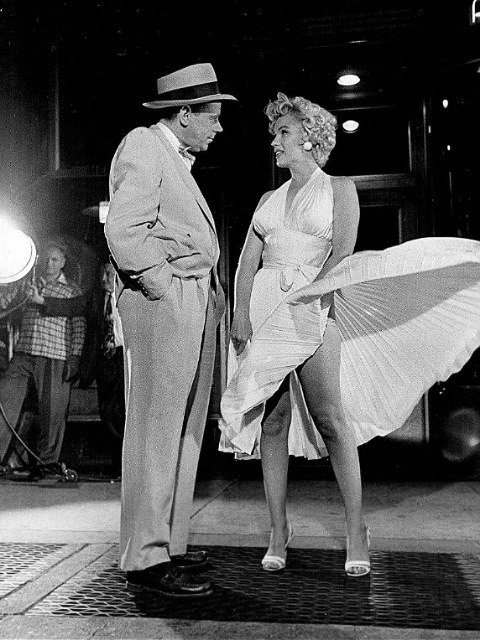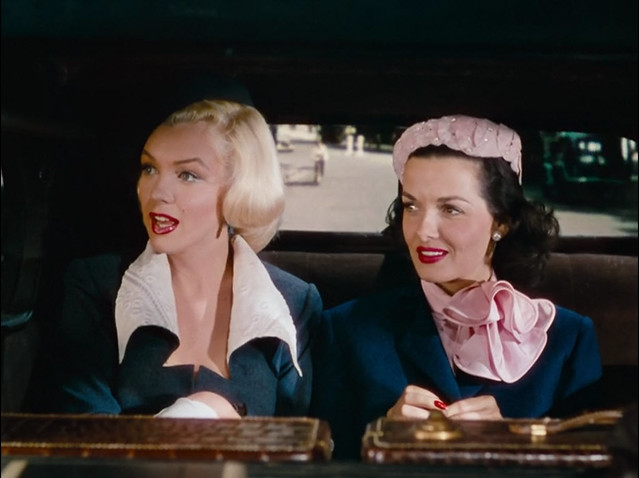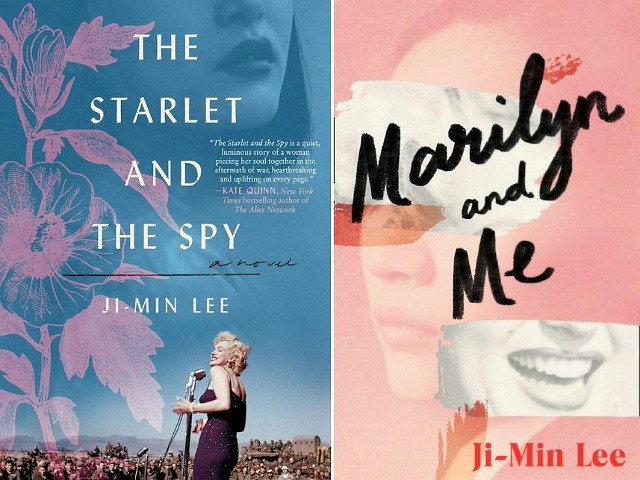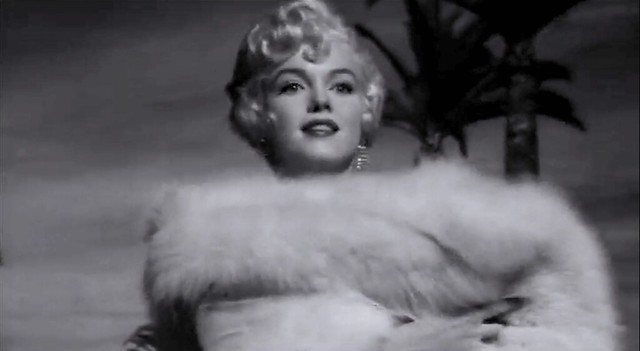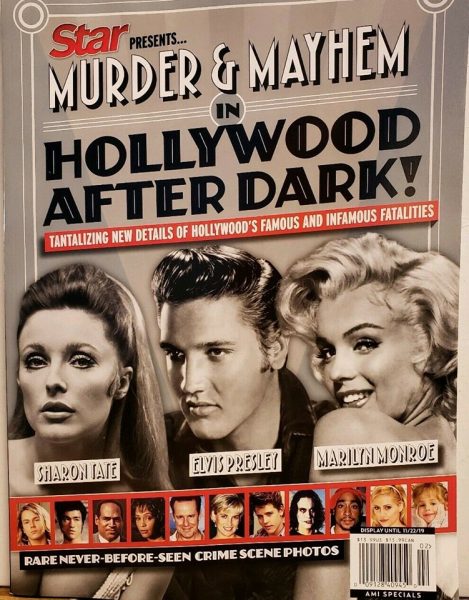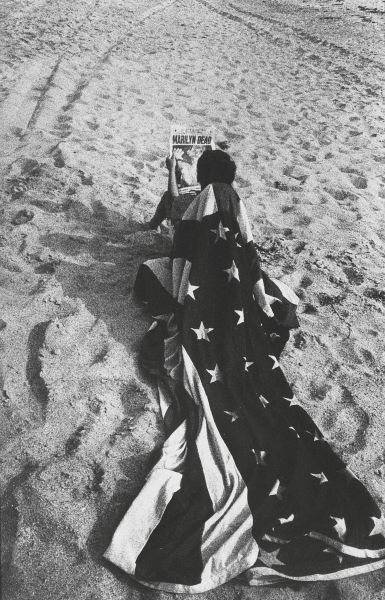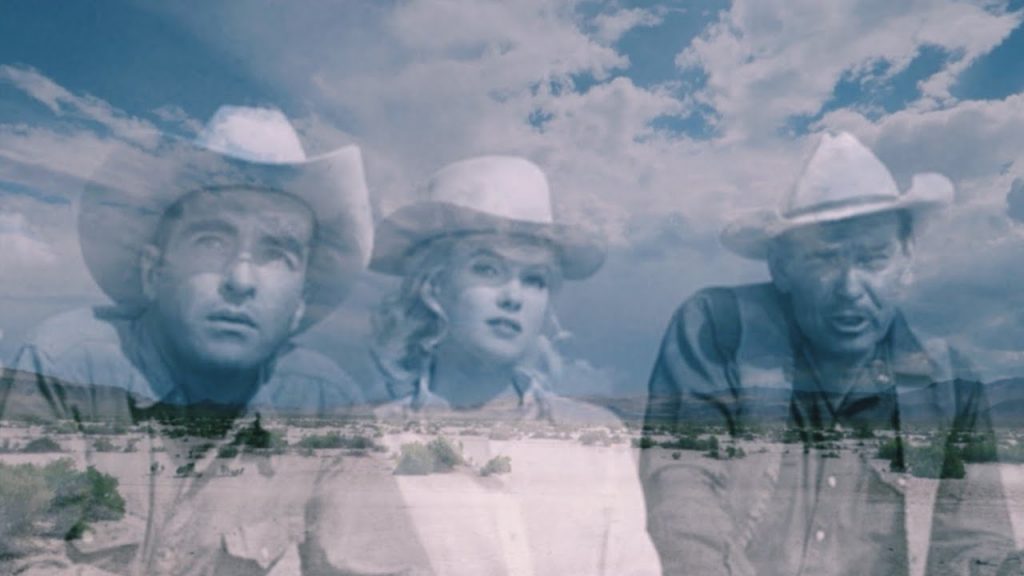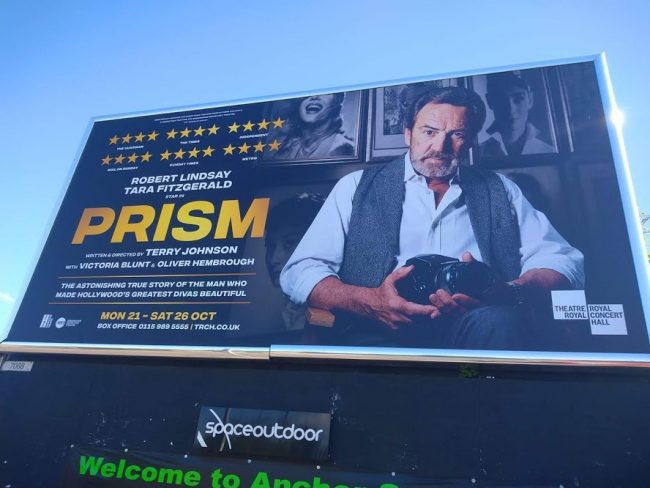Immediately following Marilyn’s death in 1962, a spike in suicide among young American women was widely reported. Dr. Mary V. Seeman, now a Professor Emerita at the Institute of Medical Science in Toronto, has recalled how the news led her to make a rash decision as a young trainee doctor, in an article for the Psychiatric Times.
“I was a second-year psychiatry resident in New York City at the time, and I remember exactly where I was when I heard of her death. The sad news shook the staff and dazed the patients in our all-women’s hospital ward … The women patients for whom I was responsible were particularly devastated by the news of her death because they identified with her in so many ways. Many had experienced similar childhoods in foster care, had aspired to be film stars, and had suffered through difficult relationships. Like Marilyn, they often had suicidal impulses.
As it was summertime when this happened, the head of our ward was on vacation in Europe. This left me temporarily in psychiatric charge. Once I realized how deeply Marilyn Monroe’s death had affected my patients, I knew that some form of intervention was urgently needed. I immediately invited whoever wanted to do so to join a support group that I would lead … Our group of eight got off to a good start. We cried and shared our feelings. The women talked about their suicidal urges. ‘Her life was so great compared to mine,’ one woman said. Everyone agreed, as she added: ‘She was rich; she was beautiful; she was talented. Look at all the men who loved her!’
‘This group is a catharsis,’ I proudly pronounced to my fellow residents.
But this is what happened next. Three of the women in the group attempted suicide, one very seriously. Fortunately, all three survived. The head nurse, frightened by what had happened, contacted the head of our ward in Europe. He immediately cut his vacation short and returned to New York. The first thing he did was to stop the group. Then, he gave me the worst dressing down of my life. I thought it was the end of my residency, but he allowed me to stay. What came to an end was my early confidence in myself as a therapist. Since then, there has always been a seed of doubt when I see a patient. I now ask myself, ‘By stirring the pot, am I perhaps doing more harm than good?’
Human beings are very easily influenced. What my Marilyn Monroe group had done was to bring together eight vulnerable women who, with the complicity of their group leader, had laid fertile ground for intense behavioral contagion. I had unknowingly created a suicide cluster. Out of a mix of would-be Marilyn Monroes, raw emotions, media prodding, and myself as a greenhorn therapist, the belief had emerged that suicide was the answer to distress.
Today, this is called the Werther effect after the widespread emotional reaction to the 18th century novel The Sorrows of Young Werther by the famous German writer Goethe. The story is about an unhappy lover who ends his life with a pistol. At publication, the book precipitated a massive wave of imitative suicides throughout Germany and much of Europe. This response was not unlike what took place the month after Marilyn Monroe’s death when there was a 10% increase in suicides in the United States.
Are there lessons here for clinicians? I think there are. In the wake of a celebrity suicide, it is wisest to express neither shock nor surprise to one’s patients. Patients who are at risk need to be assessed, monitored, and seen often. Their grief needs to be acknowledged. They also need assurance that you understand, are available, and that there are ways, admittedly difficult, by which one can overcome adverse circumstances and survive anguish …
My own experience suggests that overzealous intervention is not a good idea and that it is best to check with elders in the field who are more experienced before leaping into unknown therapeutic territory. Sensitive topics such as thoughts of suicide need private one-on-one discussion, not group therapy. Membership in a group transforms a person and the results of such transformations can be difficult to foresee.”
